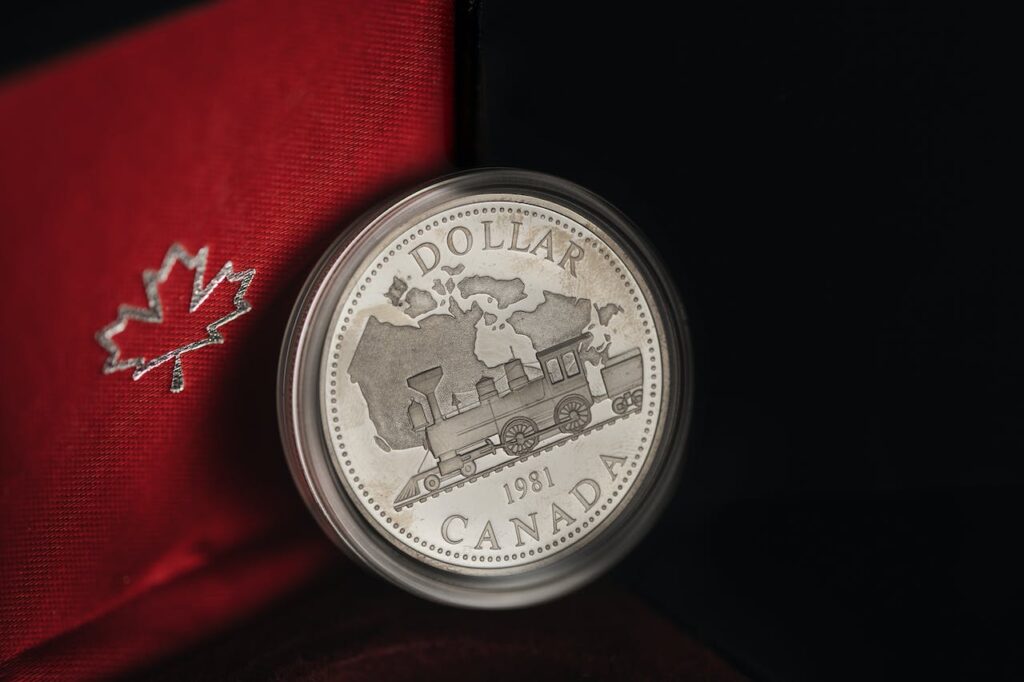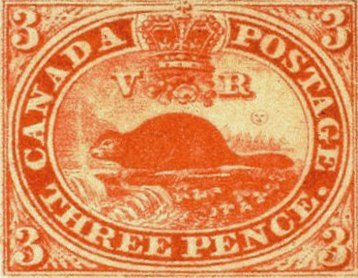The History Of The Canadian Pound
Currency serves as the lifeblood of any economy, reflecting the nation’s economic strength, stability, and evolution over time. Among the diverse currencies that have shaped global financial landscapes, the Canadian Pound holds a unique place in history. This article embarks on a journey through time to explore the intriguing narrative of the Canadian Pound, tracing its origins, transformations, and eventual transition into the modern Canadian dollar.
Origins of the Canadian Pound:
The story of the Canadian Pound begins in the early colonial period when Canada was under British rule. In 1841, the Province of Canada, comprising modern-day Ontario and Quebec, adopted the British pound sterling as its official currency. This decision was influenced by the region’s ties to the British Empire and the prevalence of British trade.
However, the use of the British pound posed several challenges for the rapidly growing Canadian economy. The fluctuating exchange rates and limited availability of British coins led to economic instability and hindered trade within the region. To address these issues, Canada sought to establish its own distinct currency system.
The Birth of the Canadian Pound:
The year 1858 marked a significant milestone in Canadian monetary history with the introduction of the Canadian pound. The Province of Canada began issuing its own currency, known as the Canadian pound, which was pegged to the British pound at par value. These new coins, denominated in dollars and cents, featured iconic Canadian symbols and represented a pivotal step towards economic autonomy.
The Canadian pound consisted of various denominations, including gold sovereigns, half-sovereigns, and silver coins, which circulated alongside British currency within the region. This dual currency system facilitated domestic transactions and laid the foundation for Canada’s future monetary independence.
Evolution and Consolidation:
Throughout the late 19th and early 20th centuries, Canada underwent profound economic and political transformations that reshaped its currency landscape. The expansion of trade, industrialization, and territorial growth spurred the need for a more unified and standardized monetary system.
In 1871, the Dominion of Canada was established through the Confederation of several provinces, ushering in a new era of nation-building and economic development. As part of this process, the Canadian government sought to streamline its currency by consolidating various regional currencies into a single national currency.
The Currency Act of 1871 formally established the Canadian dollar as the official currency of Canada, replacing the diverse array of colonial currencies, including the Canadian pound. This transition reflected Canada’s growing confidence and autonomy as a nation-state and laid the groundwork for a modern, centralized monetary system.
Legacy and Influence:
Although the Canadian pound ceased to be the official currency of Canada, its legacy continues to resonate within the country’s cultural and historical fabric. The coins and banknotes minted during the era of the Canadian pound serve as tangible artifacts of Canada’s colonial past and its journey towards independence.
Moreover, the adoption of the Canadian dollar as the national currency symbolized Canada’s emergence as a distinct economic entity on the world stage. The Canadian dollar, with its unique design and international recognition, embodies the values and aspirations of the Canadian people.

The history of the Canadian Pound is a testament to Canada’s rich heritage and its ongoing quest for economic sovereignty. From its humble beginnings as a colonial currency to its transformation into the modern Canadian dollar, the Canadian Pound encapsulates the resilience, innovation, and resilience of the Canadian economy.
As Canada continues to navigate the complexities of the global economy, the legacy of the Canadian Pound serves as a reminder of the nation’s enduring spirit and its ability to adapt and thrive in the face of change. Through its currency, Canada tells a compelling story of growth, diversity, and resilience, reflecting the dynamic evolution of a nation forged by history and shaped by the aspirations of its people.



